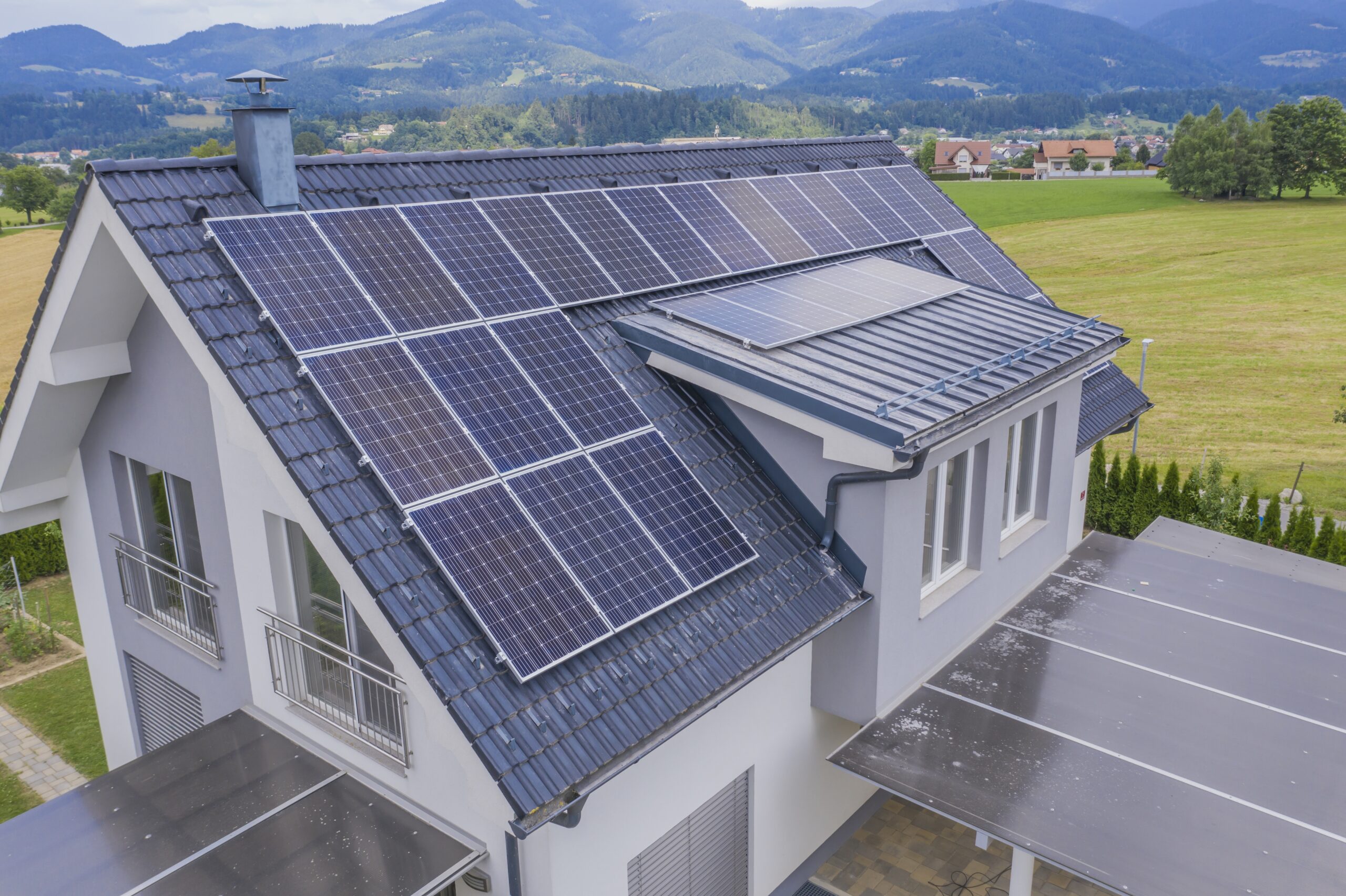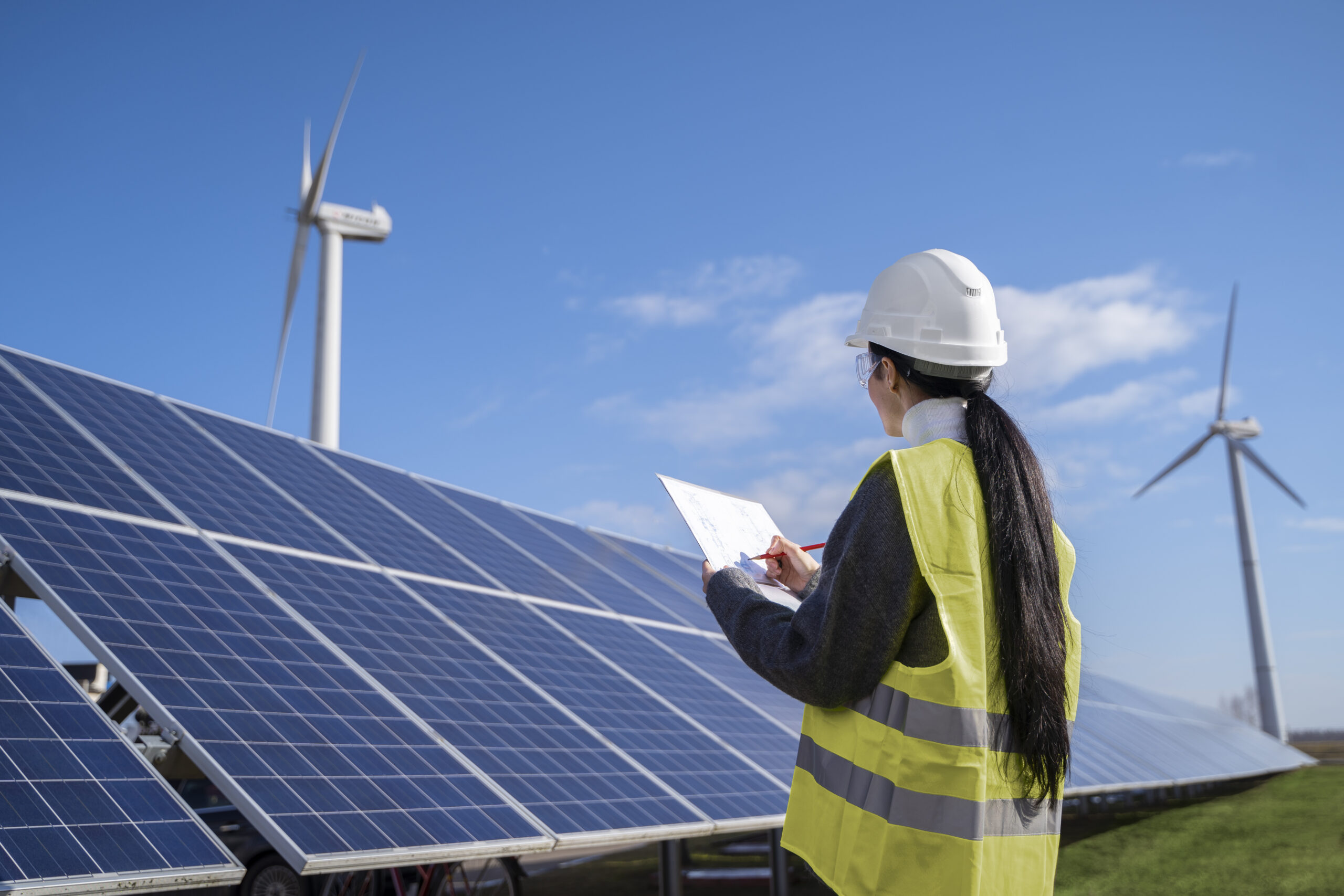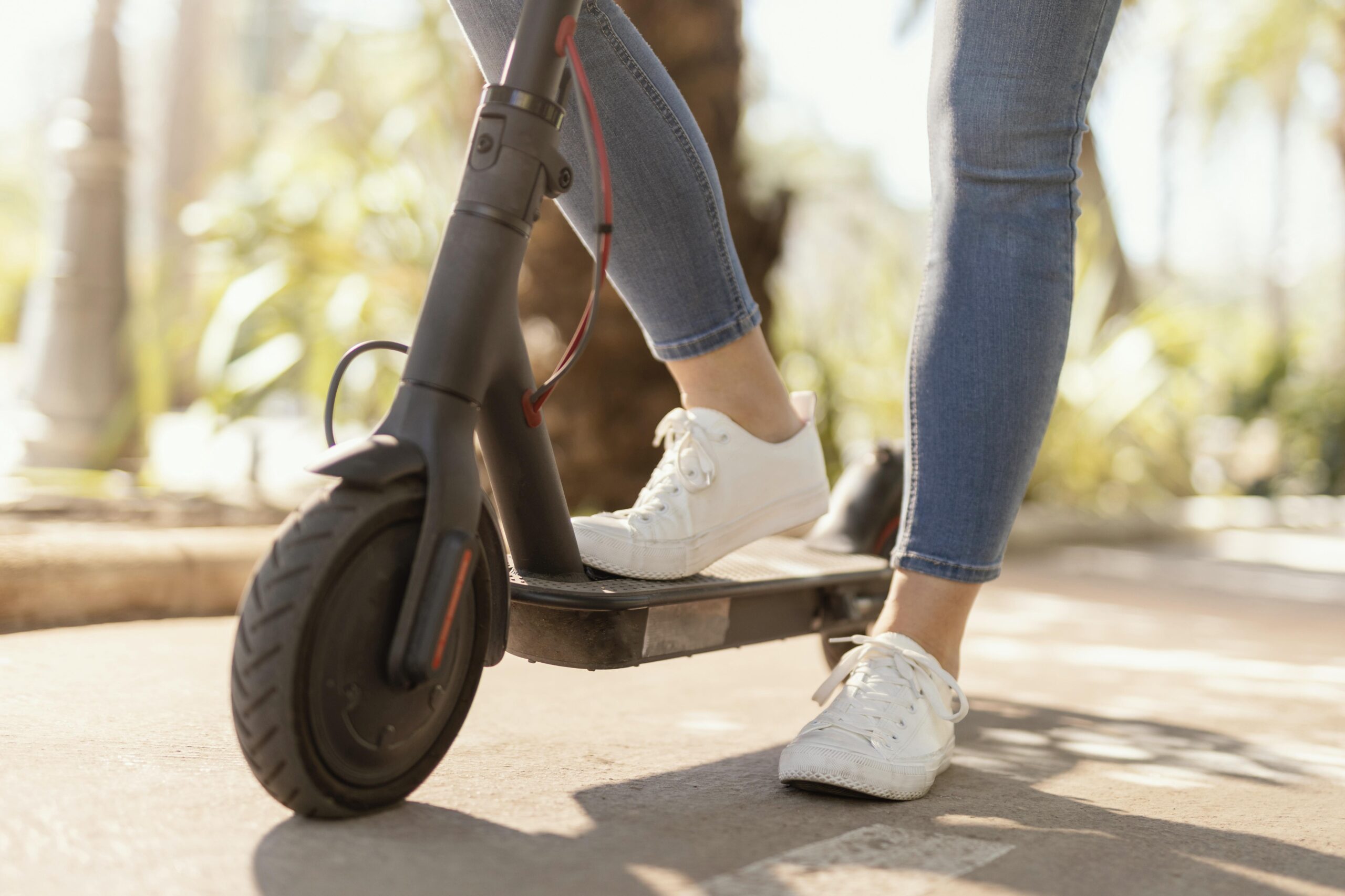Thinking About Solar? 8 Must-Know Factors Before Installing Solar Panels
4.2million households in the USA are equipped with solar panels. And the number is still growing rapidly. The surge in solar panel adoption is here. Power generation from solar PV increased by a record 320 TWh in 2023. Solar PV accounted for 5.4% of total global electricity generation, and it remains the third-largest renewable electricity technology. Solar panels are the easiest way to enable a renewable energy source in your living space. But the process of implementing the solar panels must be confusing for many. Here is a complete guide that discusses things you need to check before implementing the solar panels in your house. Let’s get started!
Check the Roof Position
The ideal roof for solar is a nice big roof with no obstacles like other houses or trees that block the sunlight. The roof needs to have a minimum of 10 solar panels in order to produce enough energy for the house. Another important thing to check is the orientation of your roof. The solar panels need to have an orientation that will give them the most amount of sunlight during the daytime. So the best practice is to use two-sided roofs—one pointed east and another to the west—because the sun rises in the east and sets in the west. In this way, your solar panels can get sunlight most of the time.
You can use Google Maps to identify the orientation of your house and decide on which orientation is ideal for your solar panels. Or inquire with local solar panel installers or users who have already installed solar panels to get the correct orientation for your area.
If you are planning to install the solar panels in your garden or yard, you will be able to install many more solar panels than on the roof and produce more electricity. But try to keep in mind that the garden or yard needs to be closer to the house so that the cables aren’t too far from the house.
The Roof Condition
The type of roof the house has is an important factor in determining the cost and how hard it would be to install the solar panels. The ideal roof type is composite shingle. These roofs are easy to install panels on, and the structure has the advantage of supporting the machinery required for solar panels. Plain-surfaced roofs are hard to install solar panels on, as there is no place to attach the equipment. Tile roofs are easy to install, but the cost would depend on the type of material the tiles are made of.
Pitched roofs are generally considered ideal for installing solar panels and are capable of bearing the panels’ weight. But flat roofs are not ideal for solar panels because of structural engineering challenges. It is recommended to consult with an engineer or installer to know if your house has the structural capability to install the solar panels.
Also, you need to check if the roof needs to be repaired. If you install the panels and later need to repair or replace the roof, it will be a real hassle and cost more. So, repair the roof before installing the panels. If the roof needs re-roofing in 1–2 years, it will be better to replace the entire roof and install the panels directly on the new roof. This will save much more money than installing over an old roof.
Weight
It is important to know whether your roof has enough support to carry the weight of the solar panels. Not only the panels themselves—you also need to account for additional weight from snow and uplift air pressure. Many areas have snow and wind load regulations for solar panels. The key factor for weight support is obviously the structural design of the roof. Most houses today are built to carry the weight of 2–3 pounds per square foot without compromising roof strength. But it is highly recommended to consult a structural engineer to confirm whether your roof can support the weight of your required solar panels.
Panel Size and Power Output
The determination of what size and how many panels you need depends on two things: how much power you need and how many panels you can fit. It is very common to use more panels than required. So, it is important to calculate how much power you will need. Provide the data from your smart meter to the solar panel installer. They will calculate two things: how much power you use over the year and how much power is needed overnight. This will give you an understanding of your energy requirements during different periods of the year and how much battery storage you’ll need for overnight use.
Battery Storage
Solar panels only produce energy during the daytime. And they produce nothing at night. But night is when we need electricity the most. So you need to use more panels that produce enough energy during the day, and the surplus power will be stored in a battery. This battery will power your house during the night. Battery storage is what brings out the full benefit of solar panels. Average houses require 10–20 kilowatt-hours of power, but it is best to consult your solar panel installer to get the perfect battery storage size installed in your house.
Electrical System
It can be very confusing to determine whether you have the right electrical system in your house. If the electrical systems aren’t good enough, you will not get the desired output from the solar panels. The first thing you need to check is the cutout you are using. This will show the rating of the main fuse—how much energy the house can take as input and output. The recommended standard is 100 amps. Then check the wires—whether they are going to any other locations like your neighbour’s house. This can cause lower energy output and limit you to 60–70 amps.
Another thing to consider is the consumer unit or fuse box. This controls and supplies the energy throughout the house. It consists of a main switch and many circuit breakers. Depending on the power requirement of the electronics and devices you use, you might need to upgrade your consumer unit or add a new one. You need to show your existing unit to the installer so they can recommend whether you need an upgrade or if your existing unit is safe to power the circuits.
Where to Place the Inverter and Battery Unit
The battery storage unit requires quite a bit of space. The size of the battery depends on the power requirement. Ideally, installing a 20-kilowatt-hour battery unit will require a width of 2.4 meters and a height of 2 meters of space. It is recommended to place the inverter and battery storage unit together in one place, and ideally inside the house. Installing them in your garage might be a good idea. If placed together and mounted properly on walls, it will be much easier to service the devices in the future. If there is no space inside, you can consider placing them outside the house.
Scaffolding and Solar Panel Safety
Whether scaffolding will be needed depends on how many stories the house has and where the house is located. If the building is one story, then there won’t be a need for scaffolding. Check the surroundings to ensure there is enough space around the house to set up scaffolding. If the house is multi-storied, you will need to use scaffolding so that installers can install the panels safely.
There are things you can consider to protect the solar panels and extend their lifespan. Using solar skirts would be the first thing. Solar skirts protect the panels from birds and give them a clean look. When you clean the solar panels, make sure to use a soft brush or microfiber cloth and clean the surfaces gently. You can call professionals to clean the panels more efficiently.
The world is looking for better sources of clean energy. It is high time we enable our lives with clean and renewable energy sources. Solar energy is the easiest way to take action for powering our lives sustainably. Steps toward a clean energy-enabled future start from your home. As you now know the complete guideline for implementing solar panels, start working to make it a reality today!





